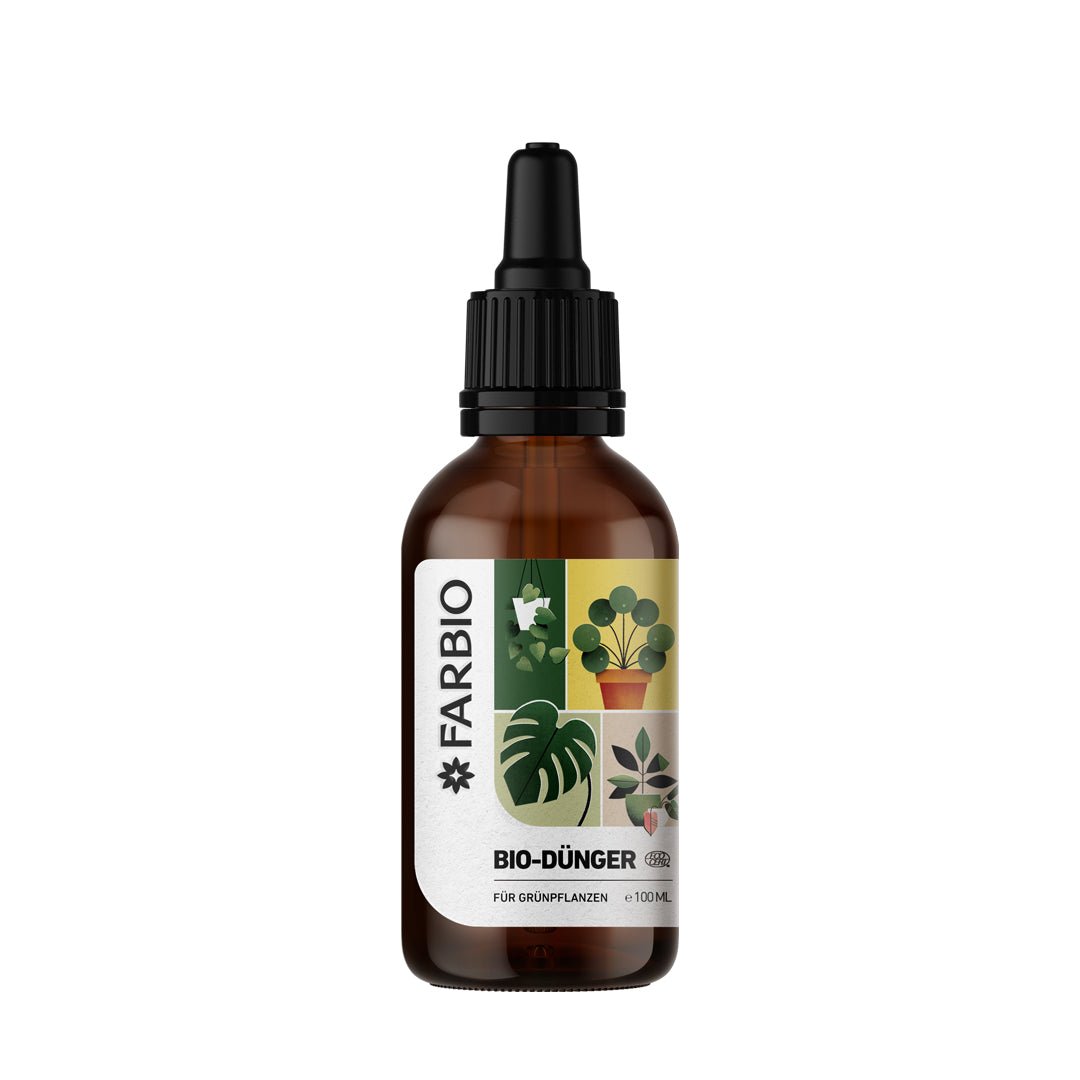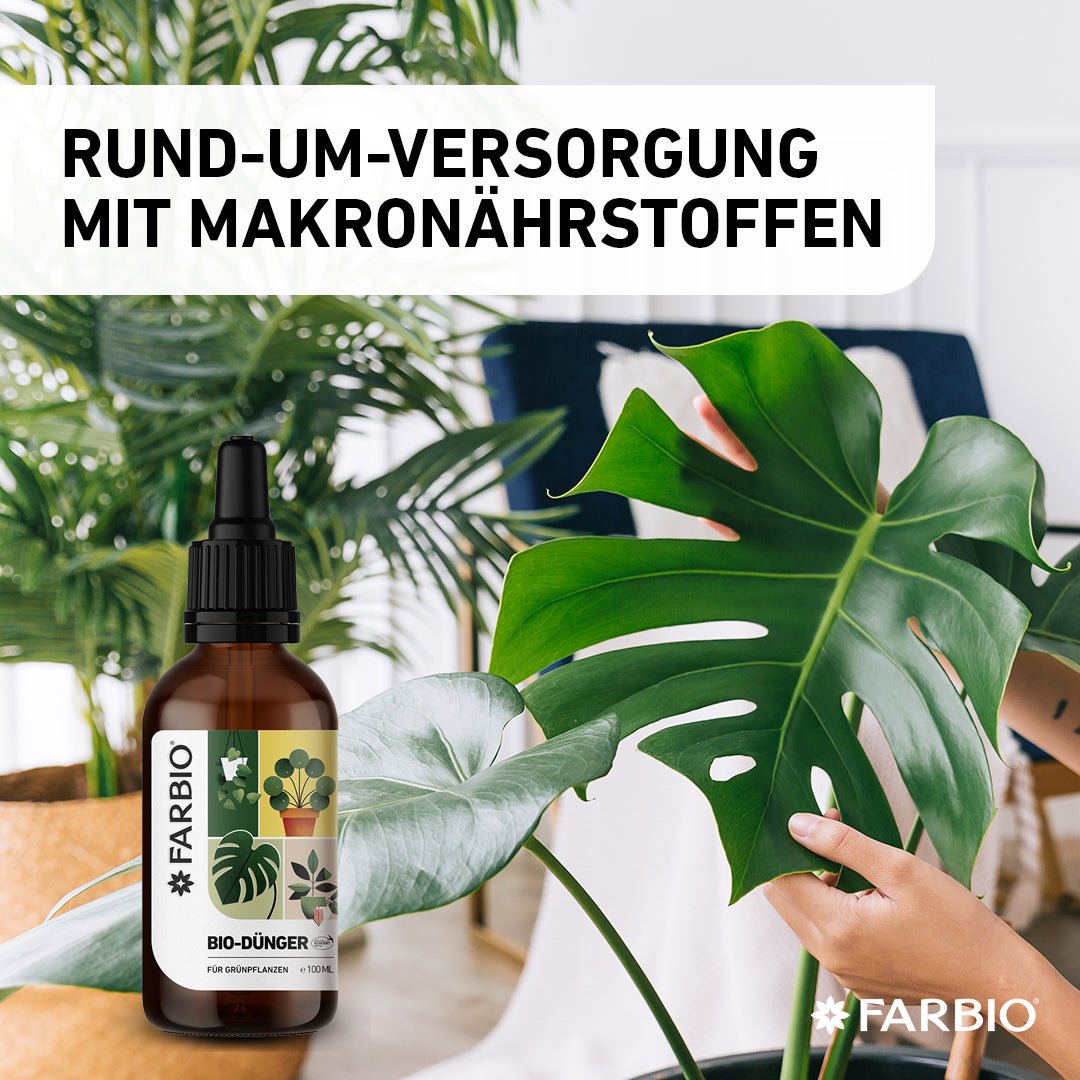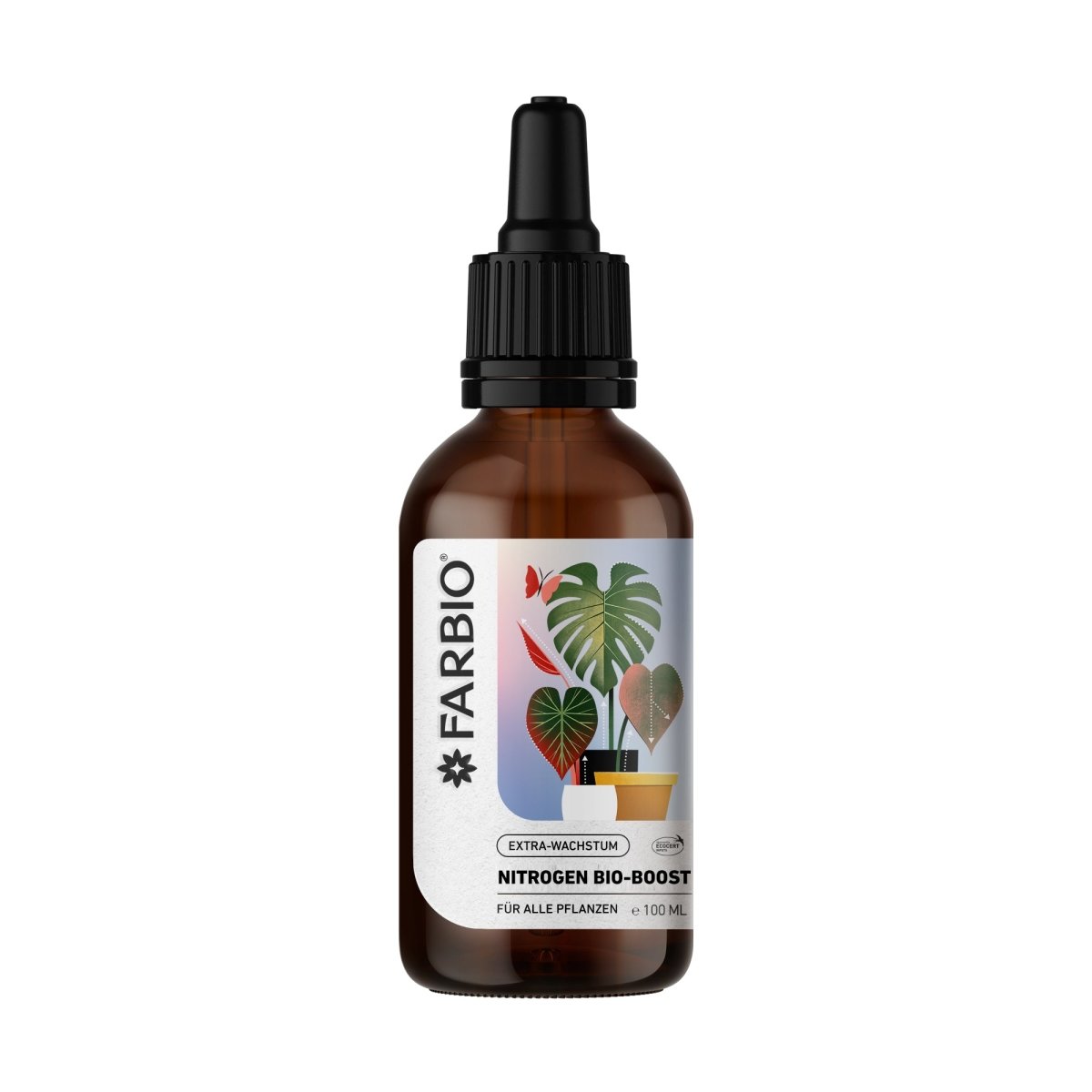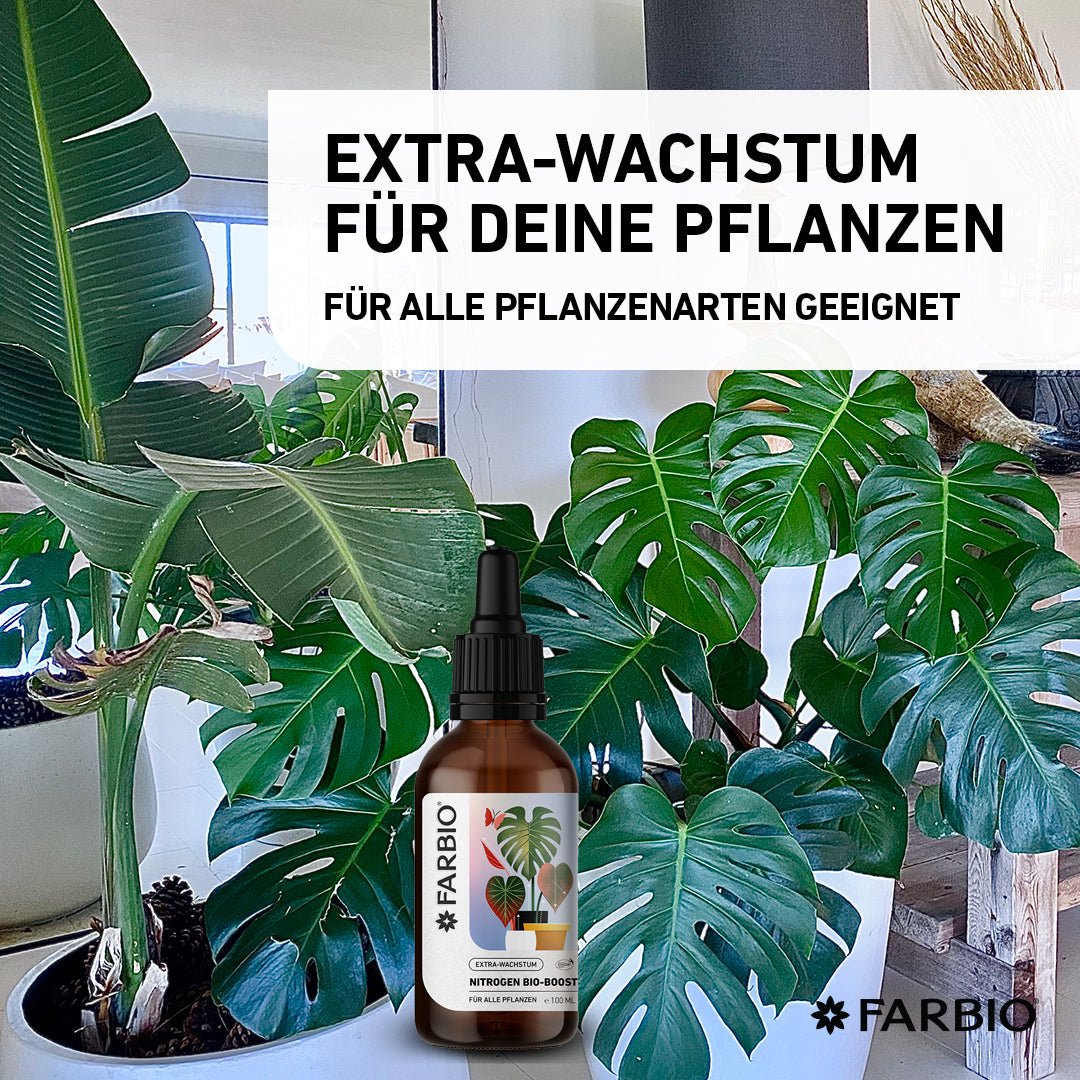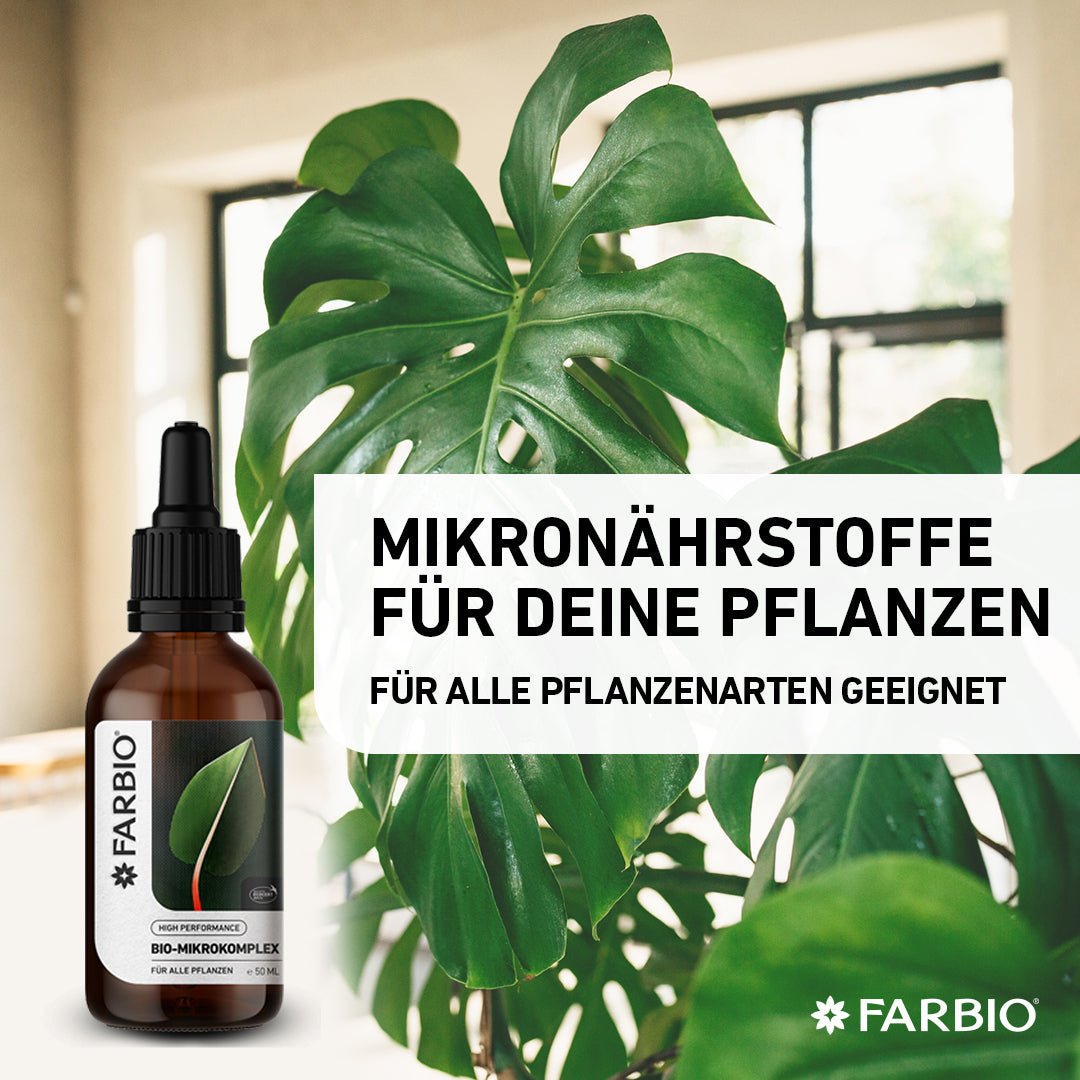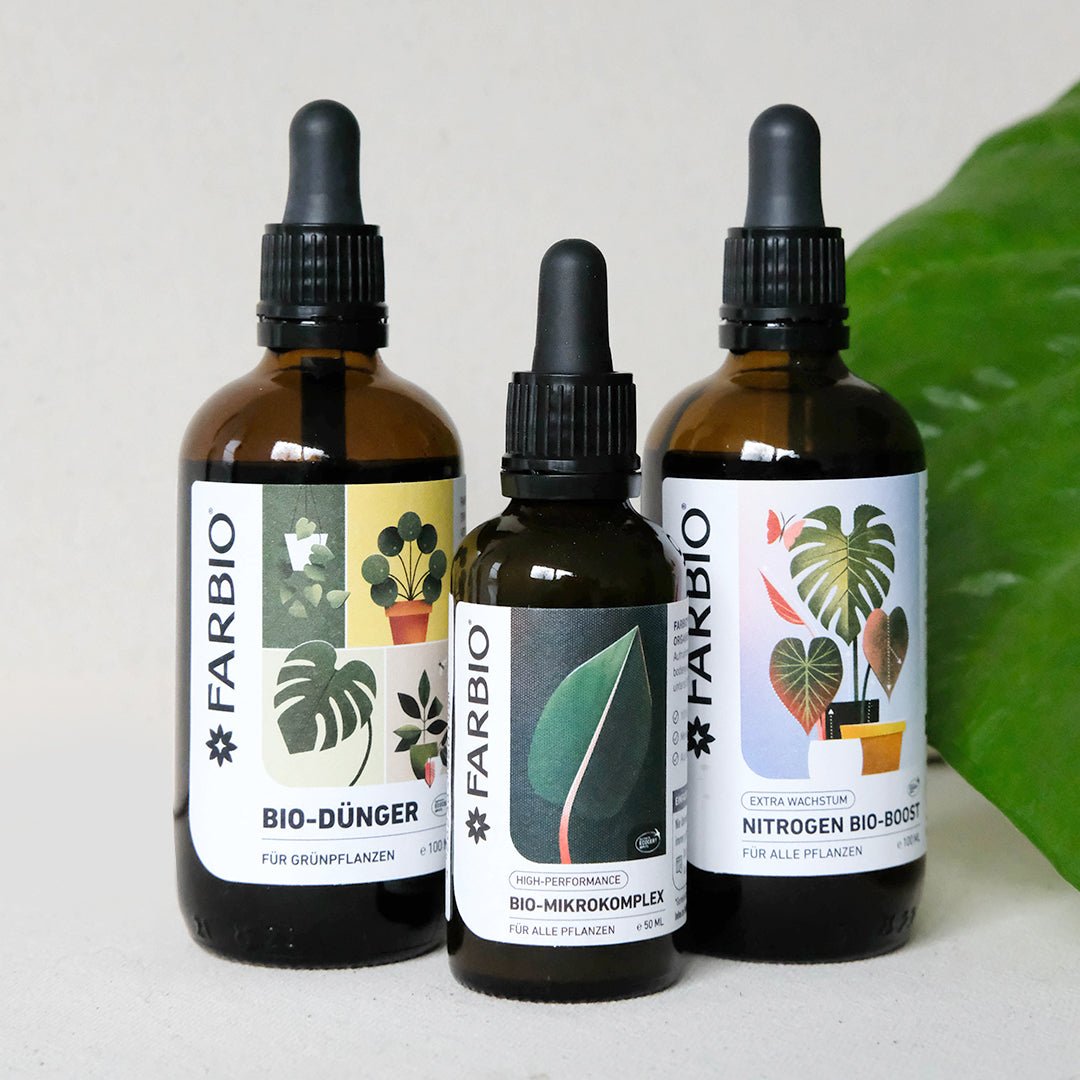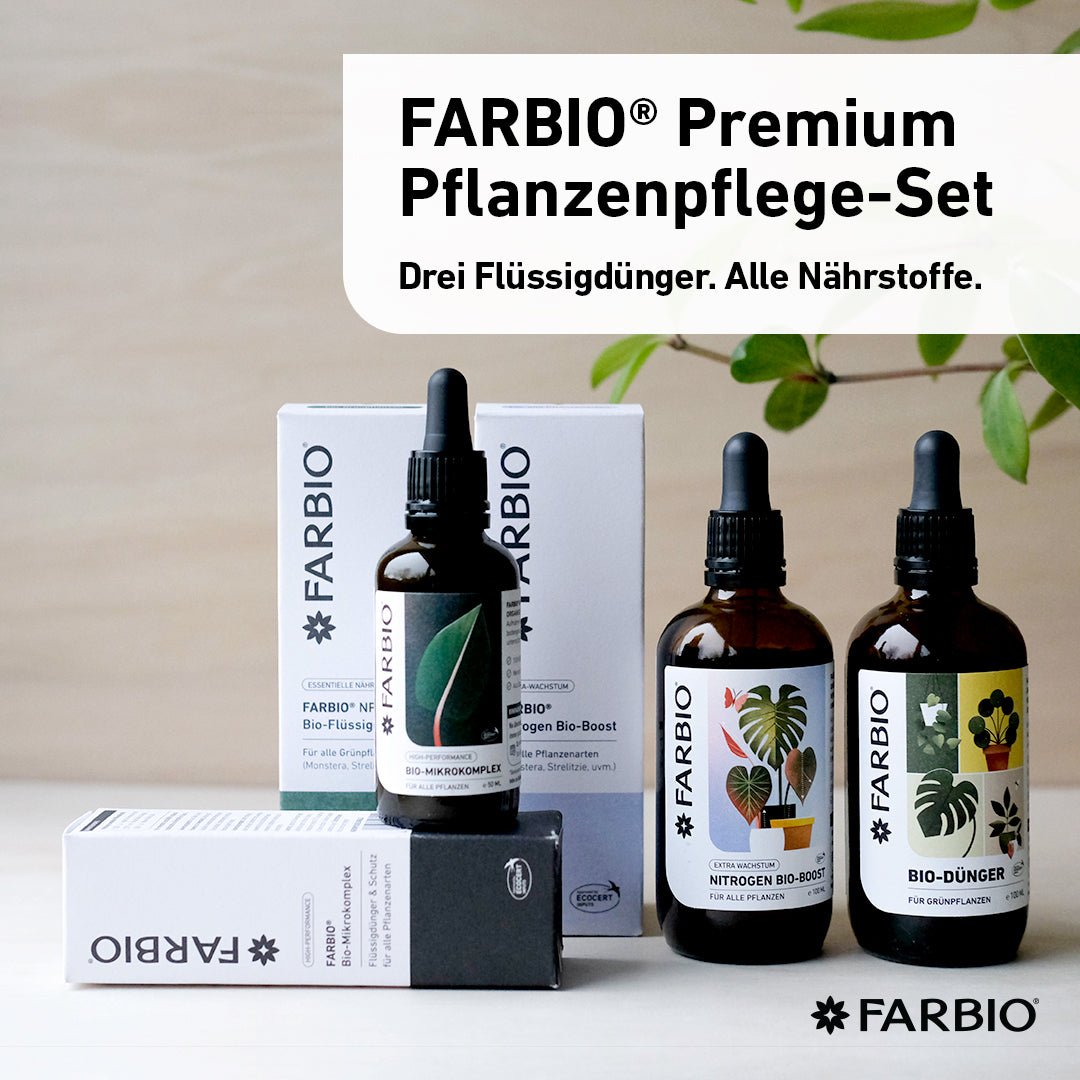Most commercially available potting soil contains peat. Peat is mined in raised bogs. Mining causes massive damage to the environment - which is why manufacturers of substrates should voluntarily do without it from 2025 onwards. The complete peat ban is to come into force by 2030. But what does this ban mean for us indoor plant lovers?
What is peat and how is it formed?
First of all, an explanation of what exactly peat actually is: Peat is a layer of earth that is mined in bogs. After the Ice Age, lakes formed on impermeable layers of earth, where plants settled. These plants died and fell into the water. Because plants under water do not rot as quickly as on land, an ever-growing layer formed. At some point the lakes were so shallow that they silted up and a moor was formed. This layer formed from dead and slowly rotting plant remains is called peat.
What is peat used for?
Peat has many advantages that make it indispensable in horticulture and plant breeding. It contains almost no nutrients and can store many times its weight in water. Because it is low in nutrients, it is ideal for all plants. Young plants require few nutrients to germinate and older plants need a lot of nutrients, which can be added through fertilization as needed. Despite being so compact and water-retaining, the roots can breathe. In addition, you can press clods of earth from peat, in which young plants are grown, especially in horticulture, and can be planted directly in the ground without using plastic pots.
What is the problem with dismantling?
In some parts of Germany you can see these huge barren areas. There, moors are drained and the peat is mined. The problem is that in the process, the habitat of many species is destroyed and the CO2 stored in the bogs is released into the atmosphere. This CO2 is driving climate change ever further. In Germany there are many laws on the subject of peat extraction. For example, intact moors may not be mined, but only areas that were already being used for agriculture before mining. After dismantling, these sites have to be renatured again, which is very expensive. The companies can no longer use this area. In the Baltic States there are not yet such strict regulations. Peat is mined there cheaply and transported to Germany, which is also not very climate-friendly. The degraded areas do not have to be renatured there and can continue to be used for agriculture or forestry. How long this is possible is still unclear. Perhaps the laws in the Baltic States will soon be lifted as well. But until then, many German companies will go abroad for peat extraction.
peat ban
All these negative effects on our environment are causing more and more public rebellion against peat extraction. Politicians want to completely ban the sale of potting soil containing peat by 2030. They believe that mining is no longer sustainable and that there are enough alternatives. The government's appeal is already to rely on peat-free soil - many manufacturers of potting soil and plant producers have voluntarily committed themselves to taking part by 2025.
What are the alternatives?
For many years, peat has provided the main component for soils in agriculture, horticulture and hobby areas. But the range of alternatives is very large:
1. Compost
Compost is probably the first alternative that comes to mind. Plant waste is collected and left to rot. This method of composting is sustainable and you can create your own compost heap in the garden, from which you always get fresh soil. There are so-called worm boxes for the apartment. These are specific wooden boxes in which you collect your biological waste and earthworms break it down into compost. The only disadvantage with compost is the high nutrient content, which makes the soil unusable for some plant species or young plants.
2. Bark humus
The so-called bark humus is obtained from pine bark by fermentation. This stores air better than peat, so that the roots can breathe well. He is very low in nutrients, but can keep them well when added. Thus, the nutrients can be adjusted according to the needs of the plant.
3. Coconut fiber
Coconut fiber substrate usually comes in pressed blocks and swells with the addition of water. It has many positive properties of peat and comes very close to them. Coconut soil is a very popular alternative to peat, especially for indoor plants. The only disadvantage is the long transport routes to Germany.
4. expanded clay
Of course, one possibility is to completely do without soil. You can grow many plants in hydroponics. You put them in expanded clay with a water-fertilizer mixture. This method is very environmentally friendly. You can use the expanded clay over and over again and no resources are wasted.
Indoor plants in peat-free substrates
Peat is a very slow-growing raw material, the mining of which destroys our nature and promotes climate change. The peat ban is a step in the right direction to protect our climate. There are many good alternatives to peat to fall back on. Therefore, the next time you buy soil, make sure that it is peat-free.
It should be noted, however, that peat can retain nutrients well in the substrate and release them to the plants as needed. Without this nutrient storage, you'll have to think about fertilizer for your plants more often! You can find the right sustainable organic liquid fertilizer for your peat-free soil in our shop!



